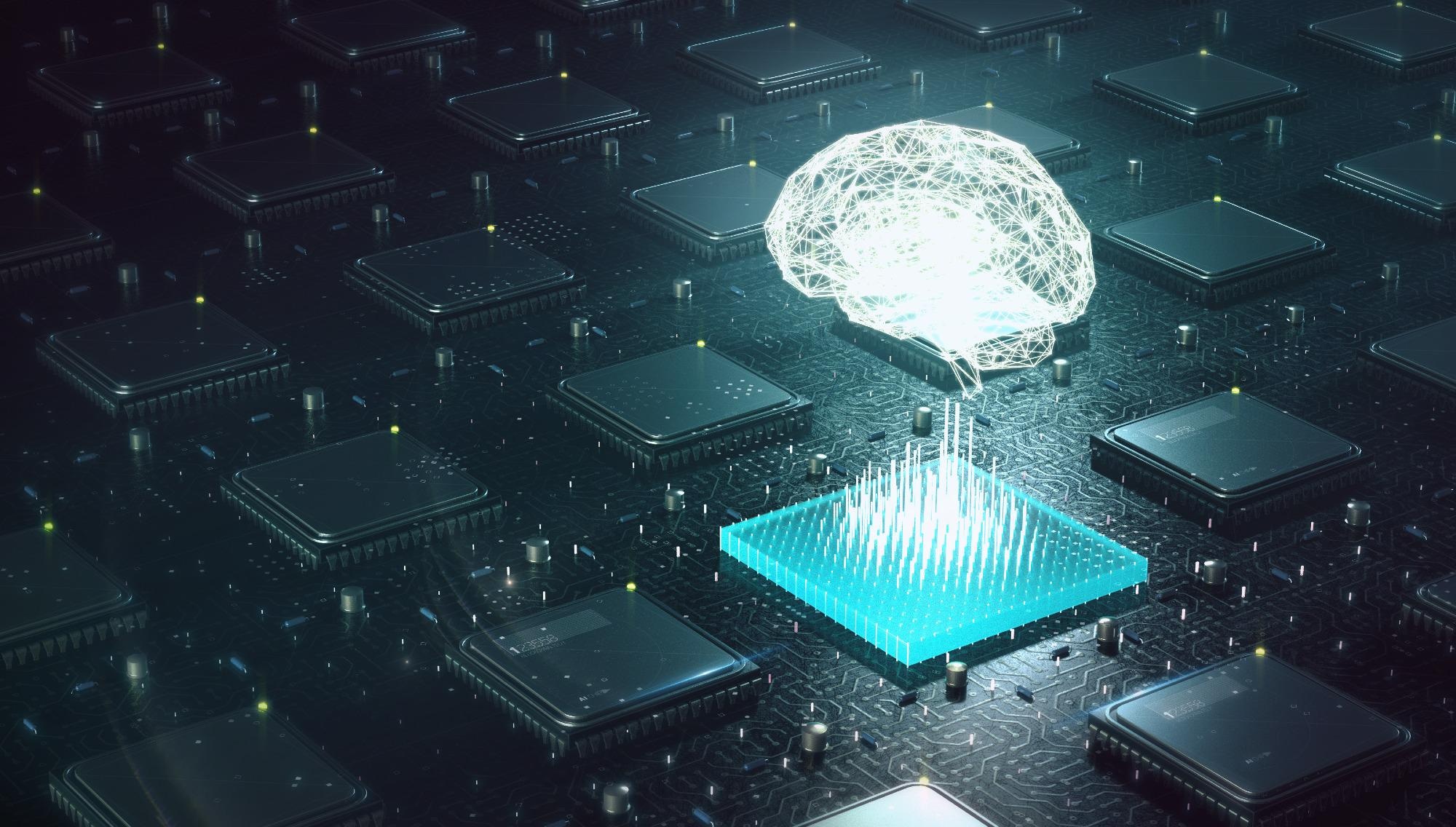
Image Credit: Shutterstock.com/ archy13
Inorganic materials are considered to be necessary for humans. For instance, they form the foundation for solar cells and for new advances in semiconductor electronics that are utilized in technical devices. Nearly 50,000 stable inorganic compounds have already been determined.
However, considerably more may theoretically exist — if they can be produced artificially. The problem is that many earlier approaches require a lot of computing power and are slow to produce results.
Dr. Miguel Marques, Professor of Physics, Martin Luther University Halle-Wittenberg
Such unexplored materials can be detected using two basic methods: in the laboratory through numerous experiments on various substances, or using computer simulation. The latter has turned out to be ideal over the last few years, stated Marques.
Thus, the team came up with a new technique that works based on machine learning. Rather than executing full calculations, the computer forecasts their final outcomes.
In other words, we want to obtain the results of the calculations without having to do the actual calculations. This requires two things: an algorithm that carries out the desired task, and a dataset which can be used to train the algorithm. The calculations on which these databases are based have a combined calculation time of 100 to 200 million hours.
Jonathan Schmidt, Study First Author, Martin Luther University Halle-Wittenberg
The researchers utilized various databases consisting of more than 2.4 million compounds. The new AI searches performed for new materials seem to be much quicker compared to early methods and are anticipated to soon also predict their optical and electrical properties. Already, the scientists have been able to determine several thousand promising candidates.
Of course, promising material candidates and their properties have to be confirmed by experiments and investigated further. However, we are very confident that most of our predictions will be confirmed.
Dr. Miguel Marques, Professor of Physics, Martin Luther University Halle-Wittenberg
Journal Reference:
Schmidt, J., et al. (2021) Crystal graph attention networks for the prediction of stable materials. Science Advances. doi.org/10.1126/sciadv.abi7948.